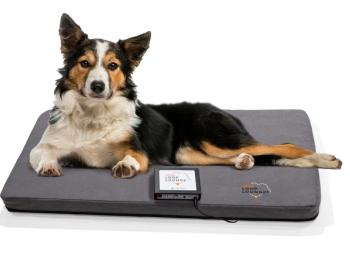
Idea Exchange: Local anesthetic blocks: one clinic's protocol
For our local anesthetic blocks, we use a combination of lidocaine (quick onset, short duration) and bupivacaine (slow onset, long duration) with or without buprenorphine (acts at peripheral opioid receptors).
For our local anesthetic blocks, we use a combination of lidocaine (quick onset, short duration) and bupivacaine (slow onset, long duration) with or without buprenorphine (acts at peripheral opioid receptors). Adding an opioid (buprenorphine or morphine) has been shown to effectively double the analgesic duration when combined with lidocaine and bupivacaine.
We recently made a small change to our protocol by substituting preformulated lidocaine with epinephrine (1% lidocaine hydrochloride with 1:100,000 epinephrine) for regular lidocaine. Epinephrine causes local vasoconstriction, which not only increases the duration of the block but also decreases bleeding from the incision site. We use plain lidocaine (1%) when blocking distal extremities, such as digits, ears, or tails, to avoid damaging the tissue because of excessive vasoconstriction. The concentrations and maximum dosages we use are:
- 1 mg/kg 1% lidocaine hydrochloride with 1:100,000 epinephrine
- 1 mg/kg 0.25% bupivacaine hydrochloride
- 0.003 mg/kg buprenorphine (0.3 mg/ml)
These blocks are placed intradermally at the incision site using a 25-ga needle to minimize leakage of the anesthetic after placing the block. Since placing intradermal anesthetic blocks can be mildly painful, we place them only after the patient is heavily sedated or under general anesthesia.
For more on local anesthetic use or dosages and for additional anesthesia tips, visit the Veterinary Anesthesia & Analgesia Support Group Web site (
Dr. Drew Martin
Beaverton, Ore.
Newsletter
From exam room tips to practice management insights, get trusted veterinary news delivered straight to your inbox—subscribe to dvm360.






